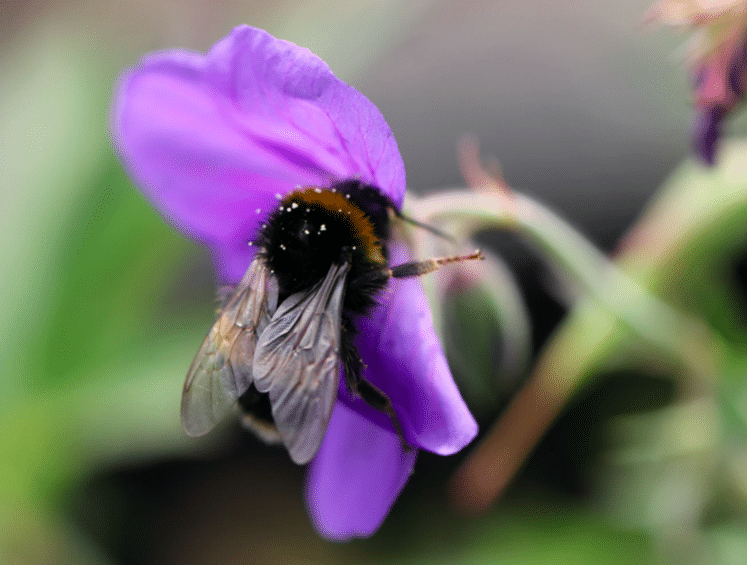Much of what we know about bees is derived from our knowledge of the European honeybee, but most bees in the United States lead a very different life than you might have heard. There are over 20,000 known bee species worldwide, with 4,000 of them native to the United States. These bees come in various shapes, sizes, and colors, depending on the flowers they pollinate. For example, the world’s smallest bee, the tiny Perdita minima, measures just 2 millimeters (about the size of a pencil tip), while the carpenter bee can grow to the size of a grape.
Contrary to common belief, no native bee produces honey in the way we consume it. Bumblebees can produce small amounts of a honey-like substance, and the cellophane bee makes a beverage similar to beer. Furthermore, not all pollinators restrict their diet to nectar and pollen; some consume flower oils, and the sweat bee even drinks human sweat.
While honeybees are well-known for their waggle dance, it’s actually bumblebees that vibrate their bodies to release pollen in a process called “buzz pollination.” Honeybees cannot perform this action. Certain crops, such as tomatoes, potatoes, and eggplants, require a specific method to transfer pollen to the female parts of another flower to produce fruits, and only pollinators that buzz in the right way can dislodge tiny grains from the small holes on the tops of anthers.
Honeybees are social animals, sharing a nest, performing specialized tasks, and being led by a queen bee. However, the majority of bee species, over 75%, are solitary. Solitary bees build and defend their own nests, lay their eggs, and collect nectar and pollen by themselves, without the assistance of other bees.
All these diverse wild bee species face the same threats: climate change, habitat loss, and the widespread use of pesticides that harm bees. Many species are endangered, including the “rusty patched bumblebee” and the American bumblebee (Bombus pensylvanicus), which once buzzed lazily in fields and meadows across the country but are now extinct in eight states and on the brink of extinction.
